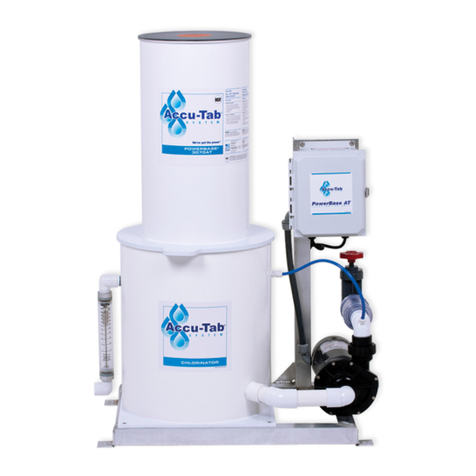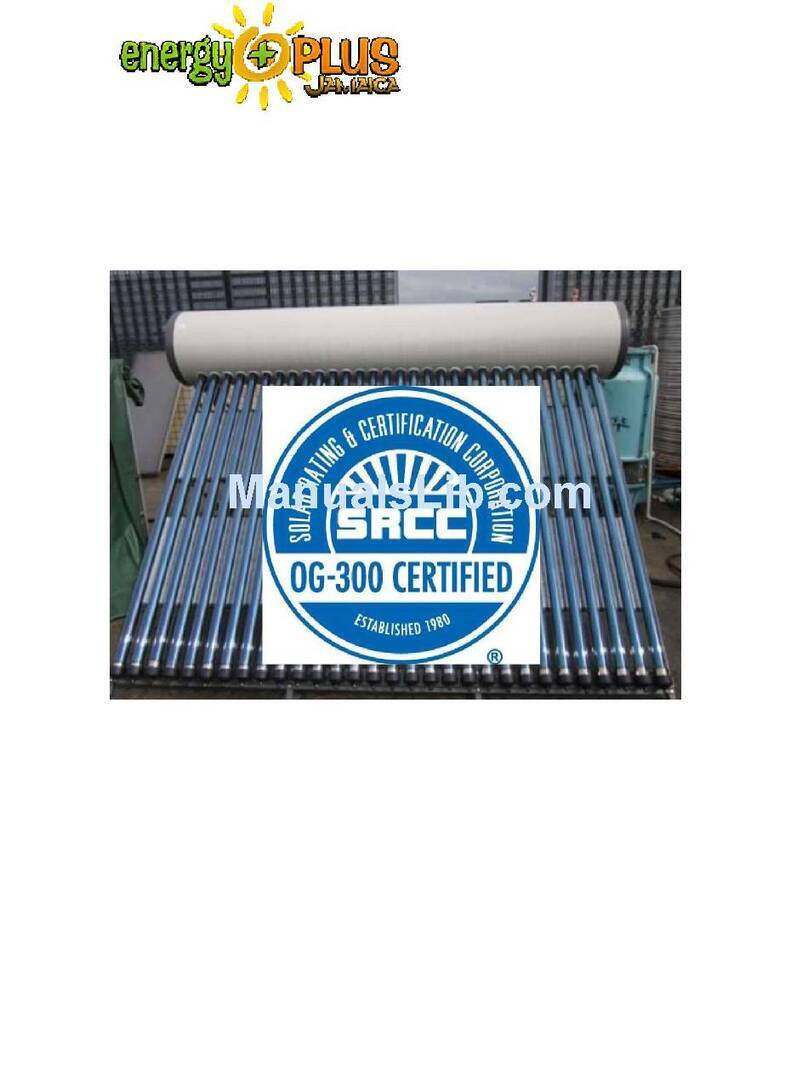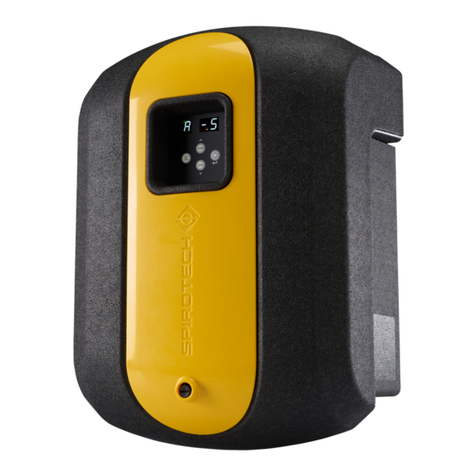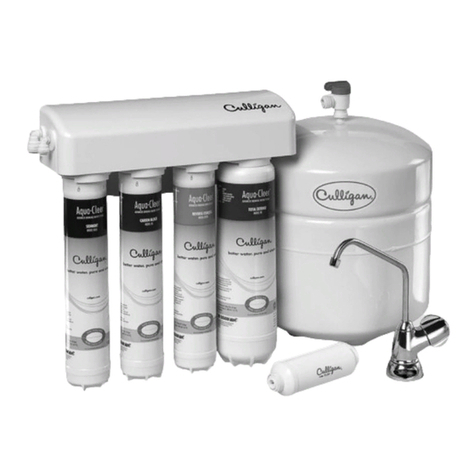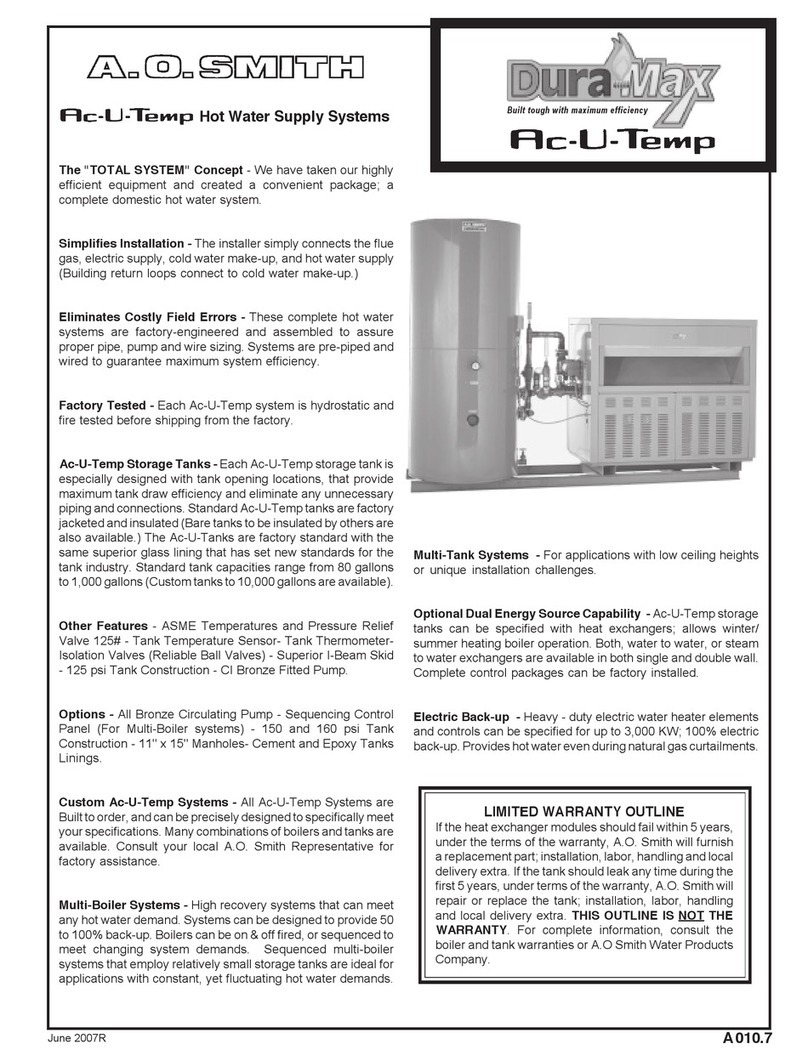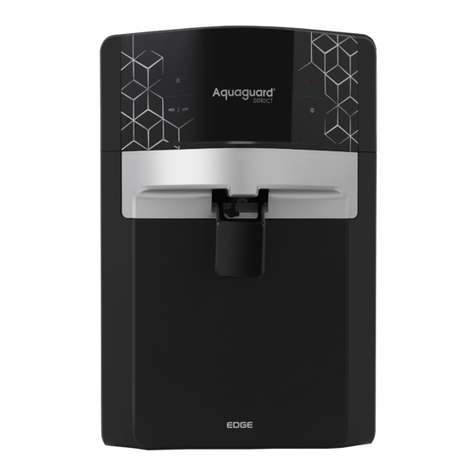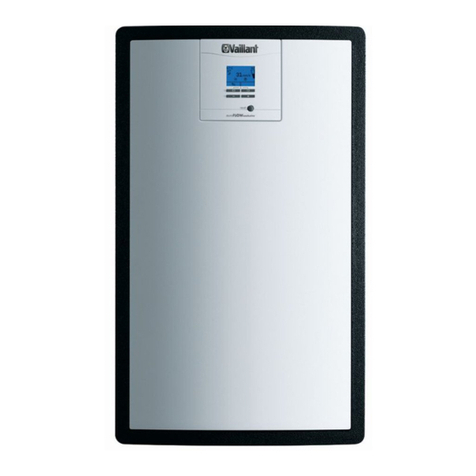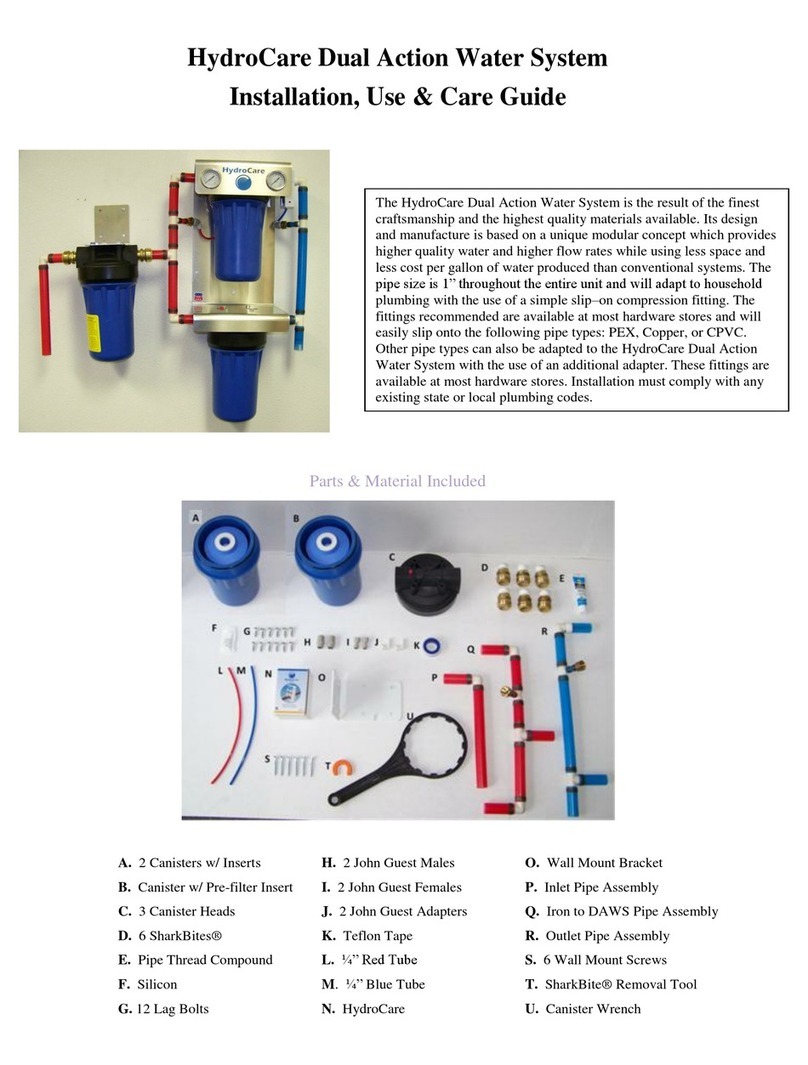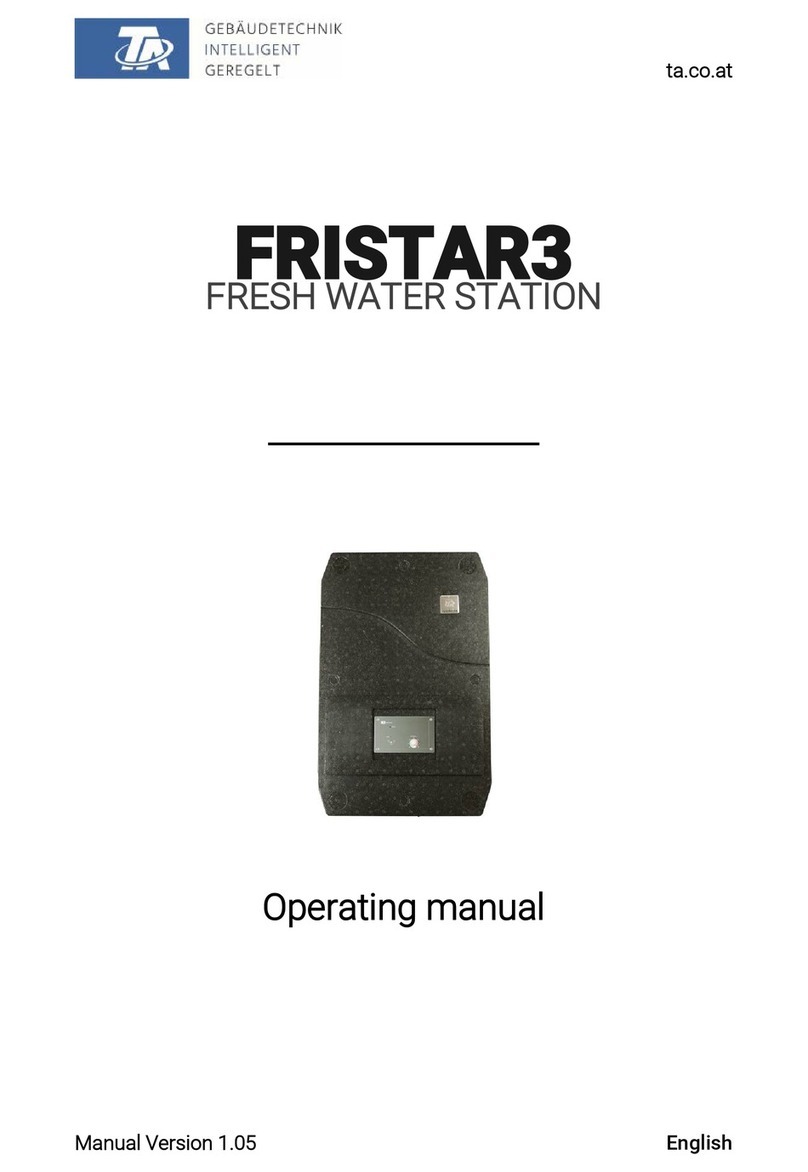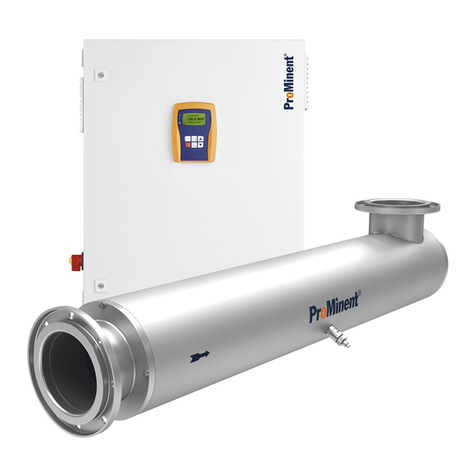
Table of contents
1 About this product................................................................. 5
1.1 Overview of equipment................................................. 6
1.2 Control elements........................................................... 8
2 Safety and responsibility....................................................... 9
2.1 User qualification.......................................................... 9
2.2 Labelling of Warning Information................................ 10
2.3 General safety information.......................................... 11
2.4 Intended use............................................................... 12
3 Storage and transport......................................................... 13
4 Operating concept............................................................... 14
4.1 Video tutorials in the video library............................... 14
4.2 Operating elements.................................................... 15
4.2.1 Pictograms used as operating elements.................. 17
4.3 Navigation levels......................................................... 18
4.3.1 Entering a PIN/PUK................................................. 19
4.3.2 Interactions.............................................................. 20
4.3.3 Navigation levels...................................................... 21
5 Access to the setting menus............................................... 26
6 Assembly............................................................................ 27
6.1 Wall-mounted.............................................................. 27
6.2 Fit the antikink device for the bleed line...................... 28
6.3 Hydraulic installation................................................... 29
6.3.1 Metering system...................................................... 30
6.3.2 Sensors.................................................................... 33
6.4 Electrical installation................................................... 33
6.4.1 Connect power supply............................................. 34
6.4.2 Cable Cross-Sections and Cable End Sleeves....... 34
7 Start up............................................................................... 35
7.1 Preparation................................................................. 35
7.2 Adjusting the flow sensor switching point................... 36
7.3 Priming and venting (with an alpha or Beta pump)..... 37
7.4 Calibration................................................................... 37
7.4.1 General information on calibration........................... 38
7.4.2 Operation and calibration......................................... 39
7.4.3 Calibrate: measured variable, pH............................ 42
7.4.4 Calibrate: measured variable, ORP......................... 44
7.4.5 Calibrate: measured variable, free chlorine............. 45
7.4.6 Calibrate: measured variable, total available
chlorine.................................................................... 46
7.4.7 Calibrate: measured variable, total chlorine............ 46
8 Operational pause (e.g. over-wintering).............................. 47
9 Troubleshooting, maintenance and repair of the bypass fit‐
ting...................................................................................... 48
9.1 Diagnostics and troubleshooting................................. 48
9.2 Maintenance/repair..................................................... 48
9.2.1 Maintenance intervals.............................................. 49
9.2.2 Cleaning dismantled sensor modules...................... 50
9.2.3 Replacing or retrofitting sensor modules................. 51
Table of contents
3
